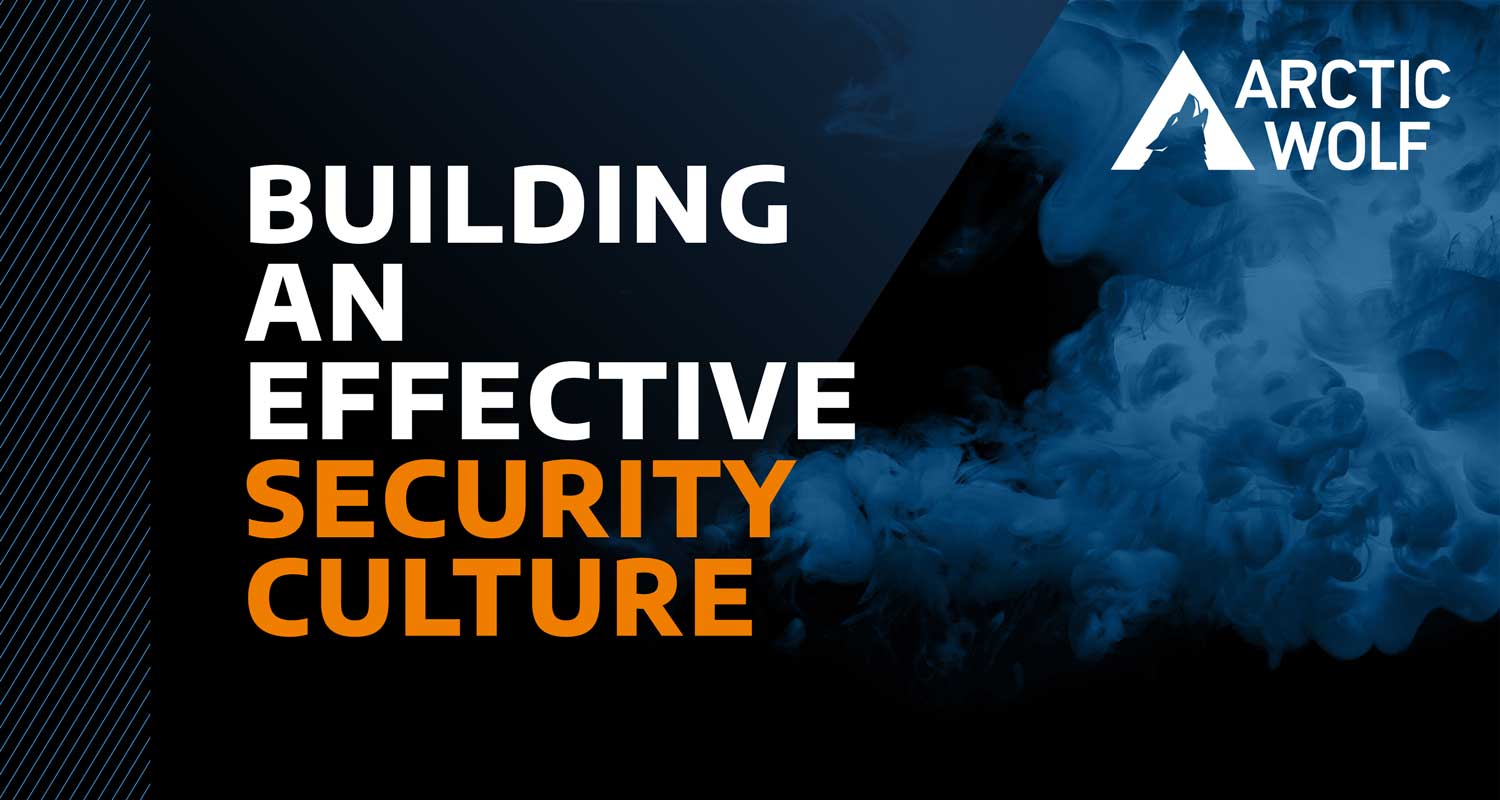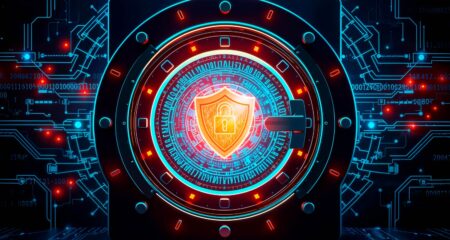 When organisations think about cybersecurity, they think about the tools and solutions they have in place to keep their data safe and secure. But while these measures such as firewalls, intrusion protection and endpoint security are important, they are not enough on their own to ensure true cyber resilience. In fact, while statistics vary, a recent report estimated that around 90% of attacks are caused by company insiders, some malicious, but most simply careless, unaware or not properly trained.
When organisations think about cybersecurity, they think about the tools and solutions they have in place to keep their data safe and secure. But while these measures such as firewalls, intrusion protection and endpoint security are important, they are not enough on their own to ensure true cyber resilience. In fact, while statistics vary, a recent report estimated that around 90% of attacks are caused by company insiders, some malicious, but most simply careless, unaware or not properly trained.
At the same time, cyberattacks aren’t going anywhere. Quite the opposite, in fact. They will continue to increase in volume and sophistication, with threat actors carrying out their attacks at times indiscriminately, and sometimes in a highly targeted manner. Cyberthreats, unfortunately, go hand in hand with today’s digital era, so the best way for entities in every sector to protect themselves is to develop and nurture a culture of awareness, and have well-defined strategies in place to ensure that staff members practice good security hygiene.
A human firewall
If done properly, having a cybersecurity culture infused into the business can become a highly effective security control, and can build a human firewall, in which scenario employees are the first line of cyber defence in the business.
When it comes to developing a cybersecurity culture, the process must involve everyone in the company because it affects everybody. It also needs to start at the top, because any business that wants a security-first mindset to develop among its staff, needs to have the business heads and executives lead by example. This will ensure that security is a priority for everyone and that everybody understands the role they need to play in securing the enterprise.
The first step is building awareness among staff around what to look for, and what to be careful of, and building this awareness among all stakeholders. This awareness needs to extend to our personal lives, too — to everything we do on our phones, on social media and how we interact with technology.
Awareness training
This is why another key element of building a cybersecurity culture is conducting ongoing awareness training. This training needs to be topical, which doesn’t always happen when businesses try to do this themselves. Partnering with an expert can help ensure that awareness training is relevant and up to date. For example, over holiday periods when everyone is going away, training around connecting to public Wi-Fi is useful. Similarly, in December when there are lots of parcel deliveries, courier-themed phishing scams are rife.
In addition, simulation-based exercises can help the business to understand who has taken the training onboard positively, or who potentially needs a different way of looking at things and requires additional development. Rewarding the different areas of the business for effectively running through these processes is also helpful.
Understanding limitations
Most importantly, awareness training helps organisations to understand where their limitations are, and what challenges they are facing. Too often they don’t know what they don’t know, which is why a tools-based approach is too focused and ineffective when it comes to really understanding risk. Unless the business has highly skilled resources or somebody monitoring every single tool constantly, the business will lack true visibility into its issues.
This is a real issue for small and mid-market entities because they don’t have big cybersecurity teams. Working with a partner can eliminate a lot of the heavy lifting for them, and offer them an outcomes-based approach that will identify a problem and already have a process in place to fix it.
Constant improvement
When it comes to the pain points or the pitfalls to avoid, the number-one challenge becomes forgetting the status quo and no longer viewing security as a checkbox exercise. To be effective, a strategy must be built around security in a proactive and forward-thinking way, rather than just adding more point solutions.
This is because being reactive and tactical is not enough, and many organisations fall into that trap because it’s a quick fix. Security is an ongoing task, so we need to continuously find ways to make ourselves better.
Service-based solutions
And while many organisations have their own security tools and their own teams, they become complacent and think they are secure. It’s far more effective to bring in an outside specialist with a service-based offering to help with your security strategy. They will be held accountable and will ensure that your business is protected in order to continue working with you.
Encouragingly, we’ve seen many companies upping their security budgets, which is great, but they mustn’t fall into the trap of going out and simply buying more and more technology. The biggest lesson here is that entities need to build efficiency into their spending around cybersecurity.
Ultimately, a strong security posture relies on putting processes in place that give the business more effective information on how to manage cybersecurity.
About Artic Wolf
Arctic Wolf is the market leader in security operations. Using the cloud-native Arctic Wolf Platform, we provide security operations as a concierge service. Highly trained Concierge Security experts work as an extension of your team to provide 24×7 monitoring, detection, and response, as well as ongoing risk management to proactively protect systems and data while continually strengthening your security posture. For more information about Arctic Wolf, visit arcticwolf.com or connect on LinkedIn, Facebook or Twitter.
- Read more articles by Arctic Wolf on TechCentral
- This promoted content was paid for by the party concerned




